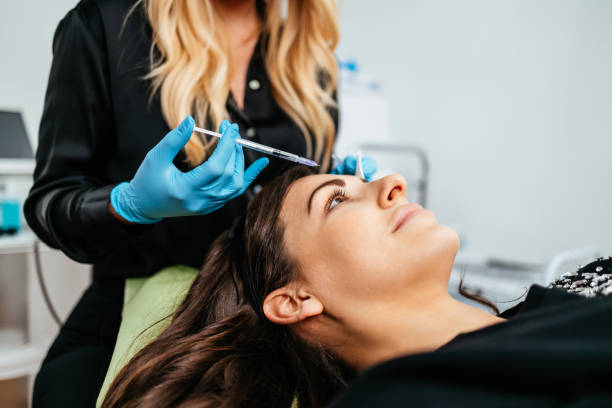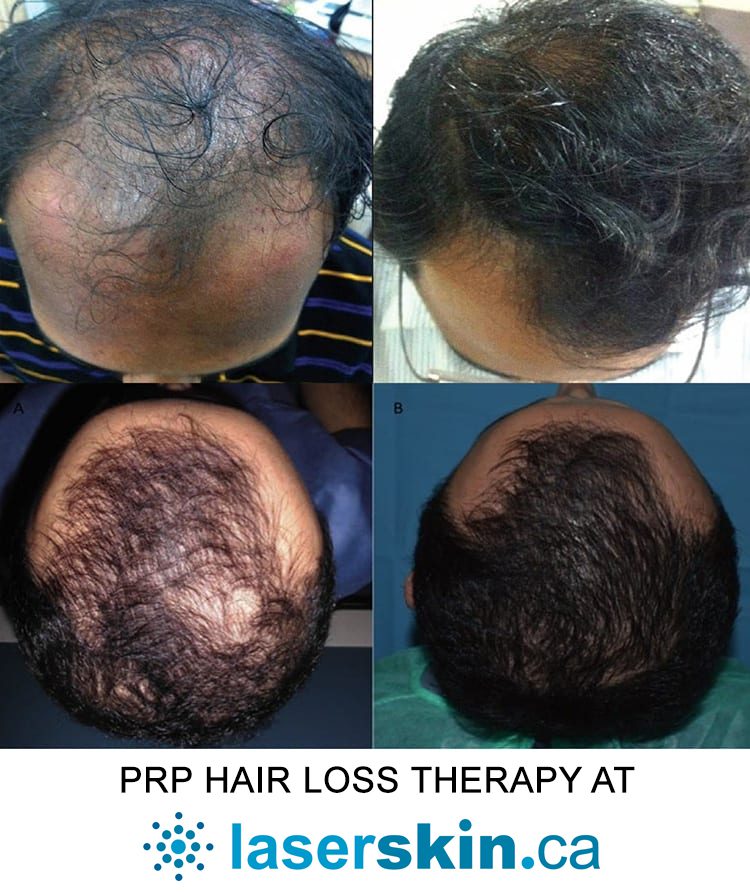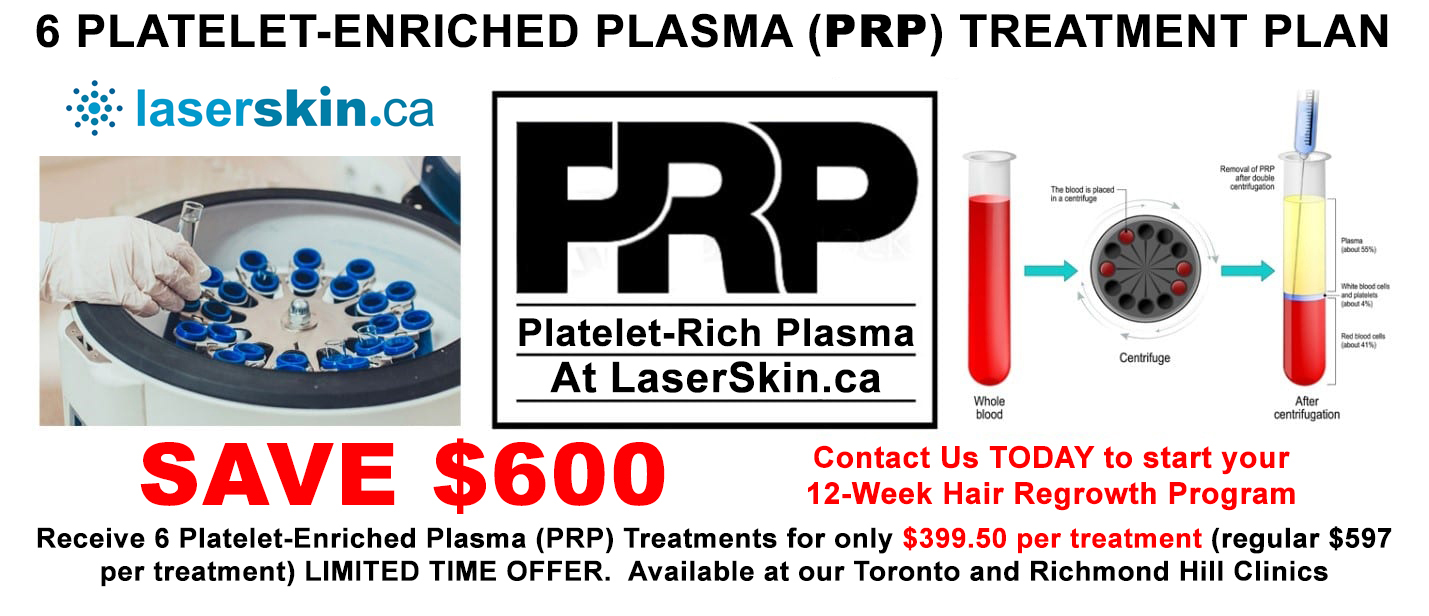
Table of Contents
PRP Treatment 101: What You Need to Know
Introduction
Platelet-Rich Plasma: PRP therapy, a growing area within regenerative medicine, is rapidly gaining traction. This piece offers an in-depth look at the practice, discussing its advantages, possible drawbacks, scientific underpinnings, comparisons with other therapeutic approaches, and information about its affordability and availability.
What is PRP Treatment?
PRP treatment harnesses the power of a patient’s cells to promote healing. In this treatment, a healthcare provider draws a small amount of blood from the patient’s body, which is then subjected to centrifugation to separate the blood cells, platelets, and plasma.
PRP, an abbreviation for Platelet Rich Plasma, refers to the portion of the blood with a significantly elevated platelet concentration. Platelets, a type of blood cell, play a crucial role in clotting, thus facilitating wound healing. The concentrated platelet-rich plasma contains several essential growth factors and proteins that promote cell growth and tissue repair.
The Growing Popularity of PRP Treatment
Over the past few years, PRP treatments have grown in popularity across various medical fields. From doctors utilizing it to promote healing in sports injuries and osteoarthritis to cosmetic procedures aimed at skin rejuvenation and hair loss treatment, PRP therapy is making waves due to its potential benefits and its use of the patient’s own blood, reducing the risks of allergic reactions or infections. Additionally, the procedure can usually be done in a doctor’s office; in most cases, patients can resume their normal activities immediately after.
Understanding the PRP Procedure
How PRP is Prepared
The process begins with a blood draw from the patient’s own blood, the same way you would provide a sample for a routine blood test. The drawn blood is subsequently inserted into a centrifuge, which uses rapid rotation to segregate the diverse blood constituents according to their densities.
Through centrifugation, three distinct layers are formed: red blood cells, platelet-poor plasma, and the target layer, the Platelet-Rich Plasma. This method ensures a high concentration of platelets filled with growth factors that play an important role in tissue repair and cell proliferation. The rich plasma is then separated and prepared for injection.
The Actual PRP Injection Procedure
Before beginning the injection procedure, doctors typically use a local anesthetic to minimize discomfort. Utilizing advanced equipment and guided by images from an ultrasound, the physician meticulously injects the PRP into the affected area, whether it’s a ligament, tendon, or scalp, for hair growth stimulation.
The injection delivers a high concentration of growth factors directly to the injury site, which can stimulate the body’s natural healing process. The entire procedure, from the blood, draw to the injection, usually takes about an hour.
Aftercare for PRP Treatment
After PRP treatment, patients may experience mild pain or swelling at the injection site. Doctors usually recommend resting the treated area and avoiding strenuous activities for a few days. Regular use of cold packs can also help manage post-injection discomfort. After the procedure, most patients can promptly resume their jobs and routine activities.
Benefits of PRP Treatment
PRP in Treating Sports Injuries
PRP treatment is gaining traction in sports medicine as an innovative technique for managing various injuries. A notable example of its effectiveness can be seen in treating anterior cruciate ligament (ACL) tears, which are common in athletes. The injection of PRP into the injury site can accelerate the healing process, helping to repair the torn tendon and enabling athletes to return to their sport sooner.
For instance, a study conducted at the University of Alberta demonstrated significant improvements in the recovery times of athletes suffering from such injuries. PRP therapy has shown considerable benefits for these cases, providing a valuable addition to the treatment options for sports injuries.
PRP for Hair Growth
PRP hair treatment makes waves in treating hair loss conditions, including androgenetic alopecia and alopecia areata. The process involves injecting PRP into the scalp, providing the hair follicle with a concentrated source of growth factors. These substances stimulate hair growth by extending the growth phase of the hair cycle, promoting cell growth and reducing inflammation.
Studies suggest that this form of regenerative medicine can significantly improve hair density and thickness in people suffering from these types of hair loss. As such, PRP injections have become an increasingly popular hair loss treatment in recent years, offering a promising alternative to traditional medications and surgeries.
Anti-Aging Benefits of PRP
One cosmetic procedure where PRP has made a significant impact is skin rejuvenation. By enhancing the production of collagen, elastin, and hyaluronic acid, key components in maintaining skin elasticity and volume, PRP therapy can help reverse signs of aging. It aids in reducing wrinkles, improving skin texture, and providing a more youthful appearance.

PRP in Dental Procedures
PRP has proven valuable in promoting wound healing and tissue regeneration in dental procedures. For instance, PRP treatment can improve healing following tooth extractions, implants, or periodontal disease treatment by encouraging blood clot formation and cell proliferation.
PRP for Sexual Enhancement
PRP is not limited to sports injuries, hair restoration, or skin rejuvenation. Interestingly, it has also found its use in sexual enhancement. For men, the P Shot or Priapus Shot, which utilizes PRP, has become increasingly popular for improving erectile function and penile sensitivity. Similarly, for women, the O Shot or Orgasm Shot has been introduced, utilizing the same PRP principle to enhance sexual satisfaction. These treatments involve injecting PRP into the sexual organs, stimulating tissue regeneration and enhancing blood flow, resulting in heightened sensitivity and improved sexual function. As with other PRP applications, these procedures are minimally invasive and rely on the body’s healing mechanisms.
Potential Side Effects and Risks of PRP Treatment
PRP therapy has potential side effects and risks, as with any medical or cosmetic procedure. Patients commonly experience pain at the injection site, swelling, or minor bleeding due to the needle. Patients often encounter an infection, undergo an allergic response, or sustain tissue harm. However, as PRP uses the patient’s blood, the risks of severe reactions or complications are significantly reduced compared to treatments involving foreign substances or drugs.
The Science Behind PRP
PRP works by utilizing the growth factors contained within platelets. These growth factors are proteins that stimulate cell growth, blood vessel formation, and wound healing. When injected into an affected area, PRP delivers a high concentration of these growth factors directly to the site of injury or damage, helping to accelerate the body’s natural healing process.
Several studies support the effectiveness of PRP treatment. For instance, in patients with knee osteoarthritis, research shows that PRP injections can reduce pain and improve function, likely due to their anti-inflammatory and tissue-repairing effects.
PRP vs Other Treatments
While other cell therapies are available, such as stem cell therapy, PRP offers a unique benefit in that it utilizes the patient’s cells, reducing the risk of adverse reactions. However, the choice between PRP, stem cell therapy, or more traditional treatments such as hyaluronic acid or steroid injection often depends on the patient’s specific condition, the physician’s expertise, and the patient’s preference.
Costs and Accessibility of PRP Treatment
PRP treatment costs vary widely depending on the specific procedure and the provider. As of the date of this article, insurance plans typically do not cover PRP treatments as they are often considered experimental or elective. However, checking with your healthcare provider for the most current information is always advisable.

Q&A
What does a typical PRP session look like?
A typical PRP session begins with a blood draw from the patient. Subsequently, this drawn blood is positioned within a centrifuge and spun rapidly to segregate the diverse constituents of the blood. Afterward, the plasma with a high platelet concentration is accumulated and injected into the specified region. Typically, the full process takes around an hour.
How often should PRP therapy sessions be conducted?
The frequency of PRP therapy sessions can vary depending on the condition and individual response to treatment. Your physician will create a personalized treatment regimen that caters to your specific requirements. Typically, patients undergo multiple treatments spaced several weeks apart.
Can I go back to work immediately after a PRP session?
Yes, many patients can return to work immediately after a PRP session. However, it may depend on the area treated and the nature of your job. It’s always best to consult with your healthcare provider.
What results can I expect after a PRP treatment?
Results can vary based on the condition being treated and the individual’s response to therapy. Patients may generally notice an improvement in symptoms over several weeks to months following treatment. PRP is designed to promote long-term healing rather than provide instant relief.
Are there any dietary restrictions or lifestyle changes needed during PRP therapy?
Typically, no strict dietary restrictions or lifestyle changes are necessary during PRP therapy. However, a healthy lifestyle could enhance the results of PRP treatment. It’s advisable to discuss any lifestyle modifications with your healthcare provider.
Is PRP therapy painful?
Some discomfort may be felt during the PRP injection, similar to a regular injection. Local anesthetics are often used to minimize pain.
Are there any drugs or compounds that could obstruct the efficacy of PRP therapy?
Certain medications, such as anti-inflammatory drugs, may affect the efficacy of PRP therapy. Before undergoing PRP therapy, you should discuss all medications you are taking with your healthcare provider.
What are the risks and complications associated with PRP therapy?
Risks and complications associated with PRP therapy are generally low as the treatment utilizes the patient’s blood. However, as with any injection procedure, there is a small risk of infection, bleeding, or allergic reaction.
How is the safety of PRP therapy ensured?
The safety of PRP therapy is largely ensured by using sterile equipment and adherence to proper injection techniques. Furthermore, because PRP uses the patient’s blood, there is a minimal risk of disease transmission or allergic reaction.
Are there certain conditions that can’t be treated with PRP therapy?
While PRP therapy can be used for various conditions, it may only suit some. Patients with certain medical conditions such as active infections, cancer, or blood disorders may not be candidates for PRP. It’s essential to discuss your medical history with your healthcare provider.
Is it possible to treat multiple areas in one session?
It’s possible to treat multiple areas in one session, but this decision depends on the patient’s specific circumstances and the treating physician’s advice.
How much water should I drink after a PRP session?
Hydration is generally good for overall health, but drinking extra water is not required after a PRP session. However, maintaining a healthy lifestyle can enhance the results of PRP therapy.
Can I use other treatments in conjunction with PRP therapy?
This depends on the specific treatment protocol your healthcare provider recommends. Some treatments may complement PRP therapy, while others may not. Always consult with your healthcare provider.
How long will the results of PRP therapy last?
The duration of the effects of PRP therapy can differ based on the person and the ailment under treatment. Some patients report improvements lasting for several months to a year.
Are there any alternatives to PRP therapy if I’m not a good candidate?
Several alternative treatments are available depending on the condition being treated, including corticosteroid injections, hyaluronic acid injections, physical therapy, and surgery. You should discuss potential alternatives with your healthcare provider to determine the best treatment option.
Conclusion
In conclusion, Platelet-rich plasma therapy or PRP, is a groundbreaking technique that uses a patient’s blood to stimulate the healing and regeneration of soft tissues. The treatment capitalizes on the body’s natural healing mechanism by extracting the liquid portion of blood, separating platelets and white blood cells via centrifugation, and injecting this platelet-rich concentrate into an affected area.
The concentrated platelets play an integral role, as their granules are packed with growth factors capable of promoting cell proliferation, enhancing blood flow, and accelerating the repair of damaged tissues. Additionally, white blood cells present in PRP contribute to its therapeutic effects by fighting potential infections and further facilitating the healing process.
Preparation of PRP involves several steps; each carried out meticulously within minutes to maintain the integrity of the extracted components. PRP therapy is generally well-tolerated, with most patients experiencing only mild discomfort during the injection procedure.
While promising, PRP treatment does have certain concerns and limitations. Efficacy varies depending on the patient’s underlying condition, treatment area, and individual response to therapy. Some critics argue there is little evidence supporting the treatment’s effectiveness for certain applications, highlighting the need for more comprehensive and robust clinical trials.
Furthermore, PRP therapy is not devoid of potential side effects, albeit rare. As with any procedure involving injections, there is a minimal infection or allergic reaction risk. Therefore, regulatory bodies such as the Drug Administration in the United States and Health Canada have guidelines to ensure PRP applications’ safety.
Additionally, this treatment is not a universally applicable drug or remedy, and its use must be carefully considered based on individual patient needs and circumstances. Therefore, it’s essential for anyone considering PRP to have a comprehensive discussion with their healthcare provider, addressing all their questions and understanding the risks and benefits fully.
Lastly, maintaining adequate hydration with water and leading a healthy lifestyle can augment the potential benefits of PRP, helping individuals gain the most from this innovative form of regenerative medicine.
While PRP is a promising avenue in regenerative medicine, further research is necessary to fully establish its efficacy across a wider spectrum of medical and cosmetic applications.
Book Your Free Consultation Today Or Call (647) 560-9233
By providing your phone number you agree to receive informational text messages from laserskin.ca. Consent is not a condition of purchase. Message frequency will vary. Msg & data rates may apply. Reply HELP for help or STOP to cancel.
